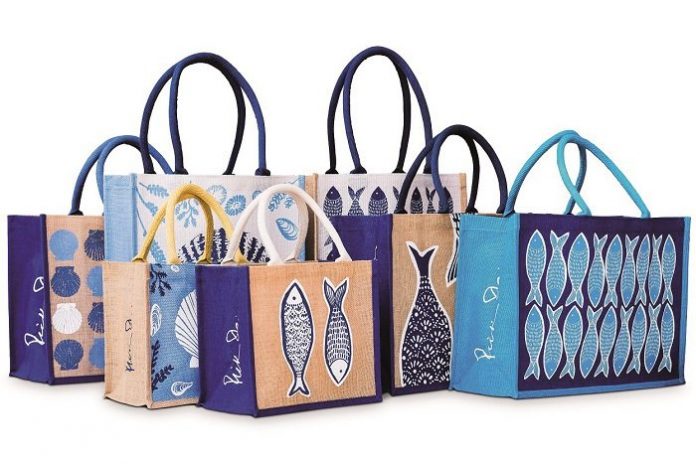The comparatively small jute packaging industry has been relieved to an extent as the Cabinet Committee on Economic Affairs (CCEA) has extended the mandatory packaging norms under the Jute Packaging Material (JPM) Act, 1987. The cabinet committee, chaired by Prime Minister Narendra Modi, has extended the deadline till 30 June 2018. The approval makes it mandatory to package 90% of the food grains and 20% of the sugar products sold to government bodies in jute bags. The decision also mandates, in the first instance, the entire requirement for packing of foodgrains to be placed in jute bags, thus making a provision for 100% packing of foodgrains in jute bags subject to the ability of the jute industry to meet the requirement.
This decision of the government will benefit around four lakh workers and around 35 lakh farmers who are dependent on the industry. It will also benefit the jute industry and help it regain its lost demand.
The CCEA observed that jute-based packaging is eco-friendly and bio-degradable, which makes it a more preferred option over plastic. In its report, the CCEA said, ‘The plastic materials are durable but create more cleanliness and hygiene issues. It is understood that the product concerned is food grains and sugar and to ensure safety the disposal of the plastic waste bags is critical. Jute being one of the bio-degradable material shall be continued.’
‘It is brought to our notice that jute packaging industry serves as one of the livelihoods of the people at large. Considering and upholding the interests of the said affected, the extension be granted till June 30, 2018,’ states the document.
Giving more options for considerations, the committee has also suggested the industry to bring forward other options for packaging. The report mentions, ‘The committee shall also review suggestions and test other bio-degradable options. Other options like plastic are also welcome. Suggestions which deemed fit under the parameters of the FSSAI can be filed and reviewed by CCEA.’
Future plans
Going ahead, the CCEA aims at increasing the quality and productivity of raw jute, modifying the jute sector and sustaining the demand for jute products. A major part of it thrives on the jute packaging for food grains and sugar. Hence, it is mandatory for selling them in government-regulated markets in jute packaging.
Empowering jute farmers, a track and trace initiative will soon be launched, which will help track the transfer of the produce to what it is converted into. This will help the government to analyze the ROI on the produce and to build its strategies around the obtained results.
The Indian jute industry is predominantly dependent on the government sector, which purchases jute products worth more than Rs 5,500 crore every year. In order to promote transparency in the operations within the sector, Jute SMART, an eGovernment initiative, was launched a couple of years back to provide an integrated platform for the procurement of jute.











